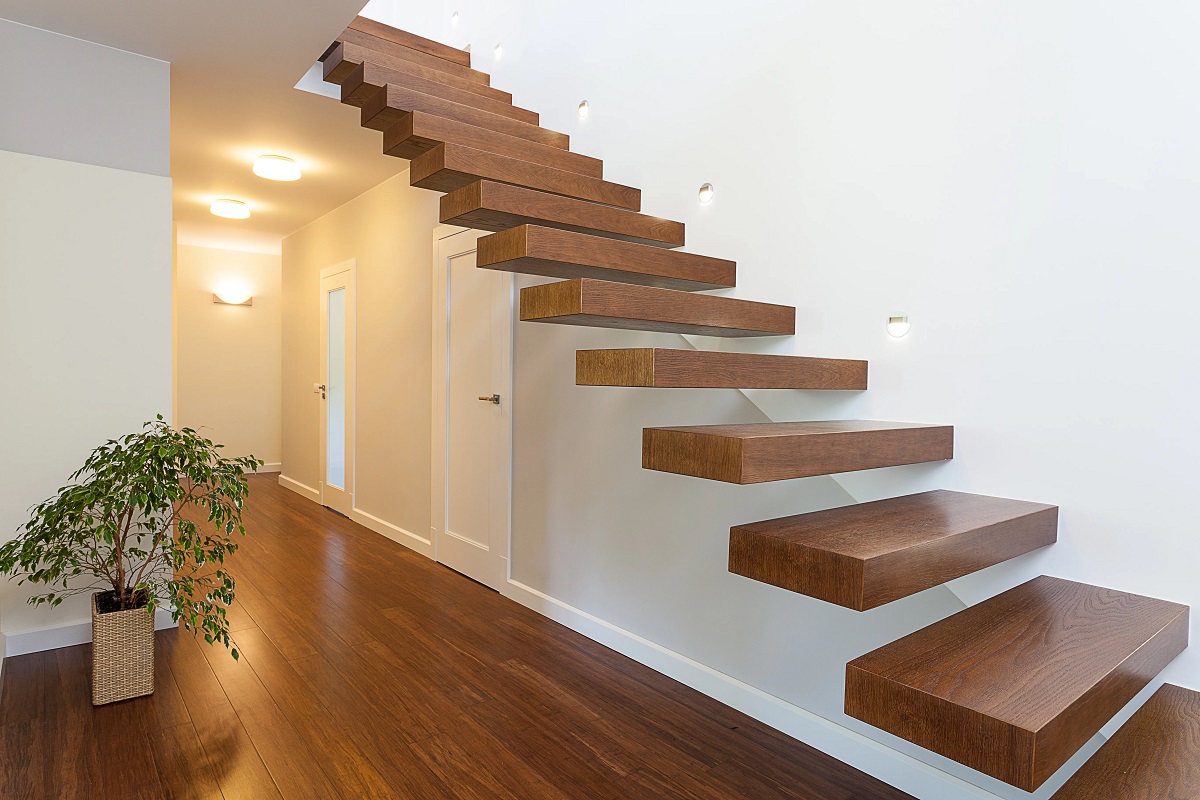

Articles
How Much Do Floating Stairs Cost
Modified: May 6, 2024
Discover the average cost of floating stairs in this informative article. Learn about different factors that affect pricing and find out how to budget for your upcoming staircase project.
(Many of the links in this article redirect to a specific reviewed product. Your purchase of these products through affiliate links helps to generate commission for Storables.com, at no extra cost. Learn more)
Introduction
Floating stairs, also known as cantilevered stairs or open-riser stairs, have gained popularity in recent years due to their sleek and modern design. These stylish stairs appear to be floating in mid-air and create a visually stunning focal point in any space. However, before embarking on a project to install floating stairs, it’s important to understand the cost considerations involved.
The cost of floating stairs can vary significantly depending on several factors, including materials, design complexity, customization, installation, and additional considerations. By understanding these factors and their impact on the overall cost, you can make an informed decision and plan your budget accordingly.
In this article, we will explore the various factors that can influence the cost of floating stairs, including material choices, design complexity, installation costs, and additional considerations. By the end, you will have a better understanding of the cost considerations involved in floating stair projects.
Key Takeaways:
- When planning for floating stairs, consider material costs, design complexity, installation expenses, and additional considerations. Balance aesthetics with budget to create a stunning and functional space.
- Consult with professionals, gather accurate quotes, and factor in all costs to ensure a successful floating stairs project. Prioritize durability, safety, and aesthetic appeal within your budget.
Read more: How Much Do Stairs Cost To Build
Factors that Affect Floating Stair Costs
When it comes to estimating the cost of floating stairs, several key factors come into play. Understanding these factors will help you plan and budget for your project effectively. Let’s take a closer look at the factors that can influence the cost of floating stairs:
- Material: The choice of material for your floating stairs will have a significant impact on the overall cost. Common materials used for floating stairs include wood, steel, glass, and acrylic. Each material comes with its own price range, with wood typically being the most affordable and acrylic being on the higher end of the price spectrum.
- Design Complexity and Customization: The complexity of the design and the level of customization you require will affect the cost of your floating stairs. Intricate designs and unique customization options, such as curved steps or personalized railings, will generally increase the cost of the project. Simple, straight designs will be more budget-friendly.
- Installation: The cost of installation for floating stairs can vary depending on the specific requirements of your project. If the installation requires additional structural modifications to support the stairs, the cost will be higher. Factors such as the complexity of the space, accessibility, and the need for professional installation will impact the overall installation cost.
- Additional Costs and Considerations: There are several additional costs and considerations to keep in mind when planning for floating stairs. This may include permits and building code requirements, which can vary depending on your location. Other factors to consider are the cost of accessories such as handrails, balusters, or LED lighting to enhance the aesthetic appeal.
It’s important to note that these factors are interconnected, and a change in one factor may have a ripple effect on the overall cost. For example, choosing a more expensive material may increase the overall cost but also allow for unique customization options not available with cheaper materials.
By considering these factors and their impact on the cost, you can make informed decisions and prioritize what is most important to you in terms of design, customization, and budget. It is recommended to consult with a professional contractor or staircase specialist to get accurate cost estimates based on your specific project requirements.
Material Costs
The choice of material for your floating stairs has a significant impact on the overall cost of the project. Different materials come with varying price ranges, and it’s essential to consider both the aesthetic appeal and the budget when making your selection.
Here are some common materials used for floating stairs and their associated costs:
- Wood: Wood is a popular choice for floating stairs due to its natural beauty and versatility. It offers a wide range of options in terms of species, finishes, and styles. The cost of wood can vary depending on the specific type of wood chosen, with hardwoods generally being more expensive than softwoods. On average, you can expect to pay between $500 to $2,000 or more per step for wooden floating stairs.
- Steel: Steel is another popular material choice for floating stairs. It offers a sleek and modern appearance and can be combined with other materials such as glass or wood for added visual interest. The cost of steel floating stairs can vary depending on factors such as the thickness of the steel, the design complexity, and any additional customization. On average, steel floating stairs can range from $1,000 to $3,000 or more per step.
- Glass: Glass floating stairs create an elegant and contemporary look, allowing light to pass through and creating a sense of openness. The cost of glass floating stairs can vary depending on the type of glass used, such as tempered or laminated glass, as well as the design complexity. On average, glass floating stairs can range from $1,500 to $3,500 or more per step.
- Acrylic: Acrylic floating stairs offer a modern and unique aesthetic. They are lightweight, durable, and come in various colors and finishes. Acrylic floating stairs tend to be on the higher end of the price spectrum due to the specialized manufacturing process and the material’s cost. On average, acrylic floating stairs can range from $2,000 to $4,000 or more per step.
It’s important to consider factors such as durability, maintenance requirements, and the overall design aesthetic when selecting the material for your floating stairs. Additionally, keep in mind that the material cost is just one component of the overall cost. Other factors such as design complexity, customization, and installation will also contribute to the final price.
Consult with a staircase specialist or contractor to determine the best material options for your specific needs and budget. They can provide you with accurate cost estimates based on the material of your choice and ensure that the selected material is compatible with your desired design and structural requirements.
Design Complexity and Customization
The complexity of the design and the level of customization you desire for your floating stairs will significantly impact the overall cost of the project. The more intricate and customized the design, the higher the cost is likely to be.
Here are some factors to consider regarding design complexity and customization:
- Shape and Configuration: The shape and configuration of your floating stairs can influence the cost. Basic straight stairs with a simple design will generally be more budget-friendly compared to curved or spiral floating stairs, which require more complex engineering and installation.
- Railing Design: The design and materials used for the railing of your floating stairs will also impact the cost. Materials such as wood, steel, glass, or acrylic can be used for the railing, and each material comes with its own price range. Intricate or custom-designed railings will incur additional costs.
- Tread Options: The choice of tread materials and finishes can also affect the cost. For example, if you opt for hardwood treads with a custom stain or finish, the price will be higher compared to standard treads or laminate options.
- Customization Options: The degree of customization you desire for your floating stairs will impact the cost. Unique features such as LED lighting, custom handrails, engraved steps, or personalized motifs will increase the overall price.
- Structural Considerations: Some design choices may require additional structural modifications to support the weight of the floating stairs. This could include adding extra support beams, columns, or reinforcement. These modifications will increase the overall cost of the project.
When it comes to design complexity and customization, it’s essential to strike a balance between the visual appeal and the budget. Consider your priorities and discuss your design ideas with a staircase specialist or architect who can provide guidance and cost estimates based on your specific requirements.
Remember that design complexity and customization should align with the overall aesthetics and functionality of your space. A well-designed floating stair system can add a unique and striking element to your home or commercial building.
When considering the cost of floating stairs, factors such as materials, design complexity, and installation requirements will all impact the final price. It’s important to consult with a professional to get an accurate estimate for your specific project.
Installation Costs
The installation process of floating stairs involves several steps and considerations, which can contribute to the overall cost of the project. It is crucial to account for installation costs when planning your budget. Here are some factors that can influence the installation costs of floating stairs:
- Structural Modifications: Depending on the design and location of your floating stairs, structural modifications may be necessary to ensure proper support. This can include reinforcing the wall, adding additional support beams, or modifying the existing structure to accommodate the weight of the stairs. The extent of these modifications will impact the installation cost.
- Accessibility: The ease of access to the installation site can affect the installation cost. If the area where the stairs are to be installed is difficult to reach or requires special equipment, it may increase the installation expenses. Consider factors such as narrow hallways, tight corners, or multiple levels when estimating installation costs.
- Professional Installation: Proper installation of floating stairs is crucial for safety and functionality. Hiring a professional contractor or staircase specialist is highly recommended to ensure that the stairs are installed correctly. The cost of professional installation will depend on factors such as the complexity of the project, the experience of the installer, and any additional services required, such as removing the old staircase if necessary.
- Time and Labor: The time and labor required to install floating stairs can vary depending on the specific project. Complex designs or customization options may require more time and skilled labor, which can increase the installation cost. Additionally, the number of steps and the overall size of the staircase will also impact the installation labor costs.
- Finishing Touches: After the stairs are installed, there may be additional finishing touches required, such as sanding, staining, or painting. These final steps add to the overall installation costs and should be factored into the budget.
It’s important to obtain quotes from reputable contractors or staircase specialists to get a clear idea of the installation costs based on your specific project requirements. They can assess your site, evaluate any structural modifications needed, and provide you with an accurate estimate for the installation.
Keep in mind that proper installation is crucial not only for the durability and safety of your floating stairs but also for the overall aesthetic appeal. Investing in professional installation ensures that your floating stairs are installed correctly, enhancing the value of your space.
Read more: What Are Floating Stairs
Additional Costs and Considerations
When budgeting for your floating stairs project, it’s important to consider any additional costs and factors that may impact the overall cost. These can include various elements that are necessary for the project’s success and ensuring a seamless integration of the floating stairs into your space. Here are some additional costs and considerations to keep in mind:
- Permits and Building Code Requirements: Depending on your location, obtaining permits for the installation of floating stairs may be necessary. These permits typically involve a fee and ensure that the stairs meet the necessary safety and building code requirements. It’s essential to research and budget for any permit costs that may apply to your specific project.
- Accessories and Enhancements: There are various accessories and enhancements that can enhance the aesthetic appeal and functionality of your floating stairs. This can include items such as handrails, balusters, LED lighting, or non-slip treads. Adding these features will increase the overall cost but can greatly enhance the safety and visual impact of your floating stairs.
- Maintenance and Upkeep: Consider the long-term maintenance and upkeep costs associated with the chosen materials for your floating stairs. Different materials may require specific cleaning and maintenance routines, and it’s important to factor in these costs when creating your budget. Regular cleaning, refinishing, or repairs may be necessary to keep your floating stairs in optimal condition.
- Warranty and Insurance: Depending on the materials and installation service you choose, it’s wise to inquire about warranties and insurance coverage. Some manufacturers and contractors offer warranties to protect against defects or issues with the materials or workmanship. Insurance coverage can also provide peace of mind in case of accidents or damage related to the floating stairs.
- Professional Consultation: It’s highly recommended to consult with a staircase specialist, architect, or contractor when planning your floating stairs project. Their expertise and professional guidance can ensure that your design meets safety standards, code requirements, and aligns with your budget. While there may be a consultation fee, their knowledge and insights can help avoid potential costly mistakes in the long run.
By considering these additional costs and considerations, you can create a more accurate budget that encompasses all aspects of your floating stairs project. Proper planning and thorough research will help you make informed decisions and avoid any financial surprises along the way.
Remember, investing in high-quality materials, professional installation, and necessary accessories or enhancements will not only enhance the aesthetics of your space but also ensure the longevity and functionality of your floating stairs.
Floating Stair Cost Comparison
When planning your floating stairs project, it’s helpful to have a general understanding of the cost range associated with different materials and design options. While the final cost will depend on various factors, including your location and project specifications, here is a rough cost comparison to give you a starting point for your budget:
- Wood: Wood is often the most cost-effective option for floating stairs. Depending on the type of wood, finishes, and customization, the cost can range from $500 to $2,000 or more per step.
- Steel: Steel floating stairs offer a modern and sleek look. The cost for steel floating stairs can range from $1,000 to $3,000 or more per step, depending on the thickness of the steel and design complexity.
- Glass: Glass floating stairs create an elegant and transparent appearance. The cost for glass floating stairs typically ranges from $1,500 to $3,500 or more per step, depending on the type of glass and customization options.
- Acrylic: Acrylic floating stairs provide a unique and contemporary aesthetic. The cost for acrylic floating stairs tends to be on the higher end and ranges from $2,000 to $4,000 or more per step, depending on the customization and design complexity.
Keep in mind that the cost comparison provided is a general estimate and can vary depending on factors such as the specific design, customization, installation requirements, and location. It’s crucial to get accurate quotes from reputable staircase specialists or contractors based on your unique project specifications.
Additionally, remember that the cost of materials is just one aspect of the overall expense. Installation costs, customization options, additional accessories, and any necessary structural modifications should also be factored into your budget.
By considering these cost comparisons and consulting with professionals, you can make informed decisions about the materials, design, and overall budget for your floating stairs project. Take the time to research and gather multiple quotes to ensure you receive accurate cost estimates tailored to your specific needs and preferences.
Conclusion
Floating stairs offer a striking and modern design element that can elevate the aesthetic appeal of any space. However, it’s important to consider the cost factors involved in a floating stairs project to ensure it aligns with your budget and expectations.
Throughout this article, we explored the various factors that can affect the cost of floating stairs, including material choices, design complexity, customization options, installation costs, and additional considerations. By understanding these factors, you can make informed decisions and plan your budget accordingly.
When estimating the cost of floating stairs, consider the material costs, such as wood, steel, glass, or acrylic, and determine the best choice based on durability, aesthetic appeal, and budget. Additionally, take into account the design complexity and level of customization you desire, as well as any necessary structural modifications and accessibility factors that may influence the installation costs.
It’s also essential to consider additional costs and considerations, such as permits, accessories, maintenance, warranties, and professional consultation. These elements contribute to the overall cost and ensure the longevity and functionality of your floating stairs.
Remember, obtaining accurate quotes from reputable contractors or staircase specialists is crucial to get a clear picture of the cost based on your specific project requirements. They can guide you through the process and provide valuable insights to help you make informed decisions.
By considering all these aspects and planning your budget accordingly, you can create a stunning and customized floating stairs project that not only enhances the visual appeal of your space but also adds value and functionality for years to come.
Now that you've got the scoop on floating stairs costs, why stop there? Spruce up your space even more by choosing the perfect floors. Our guide on selecting top hardwood options for renovations offers insightful tips and stylish choices tailored to enhance any home. Dive into this treasure of information and transform your living area into a stunning showcase of design and practicality.
Frequently Asked Questions about How Much Do Floating Stairs Cost
Was this page helpful?
At Storables.com, we guarantee accurate and reliable information. Our content, validated by Expert Board Contributors, is crafted following stringent Editorial Policies. We're committed to providing you with well-researched, expert-backed insights for all your informational needs.
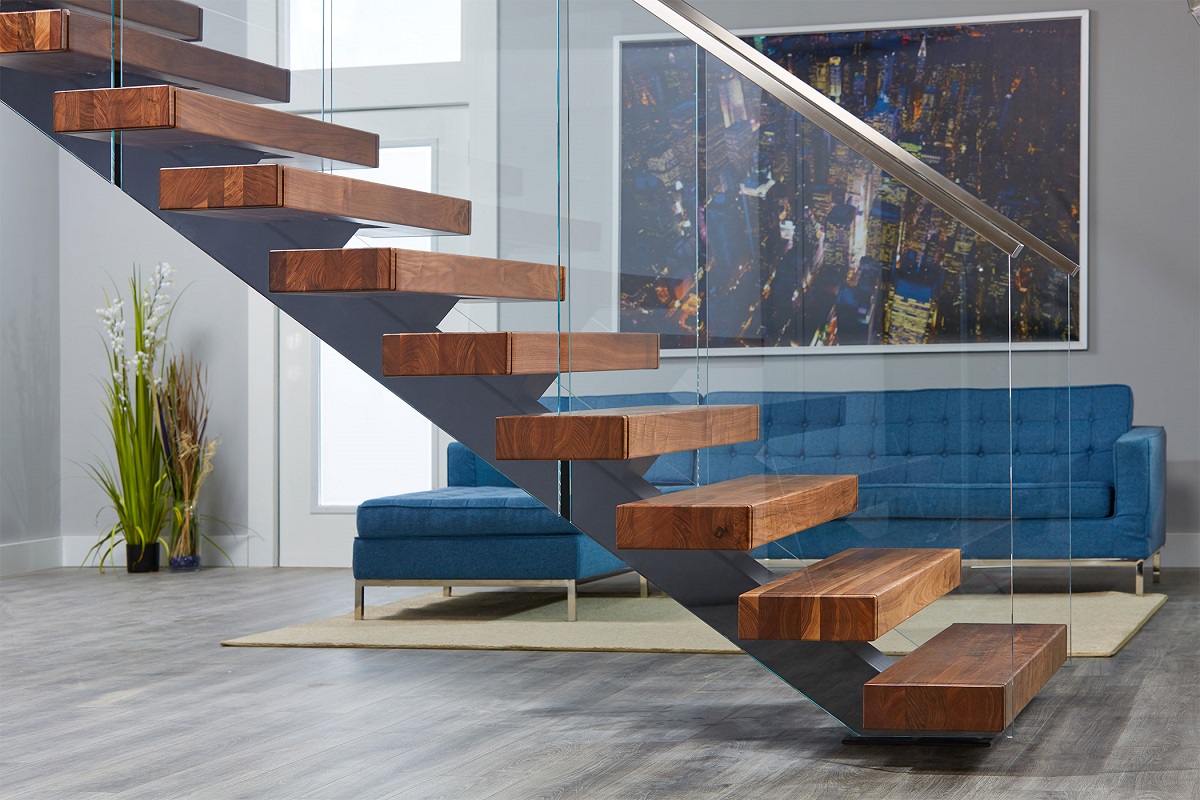
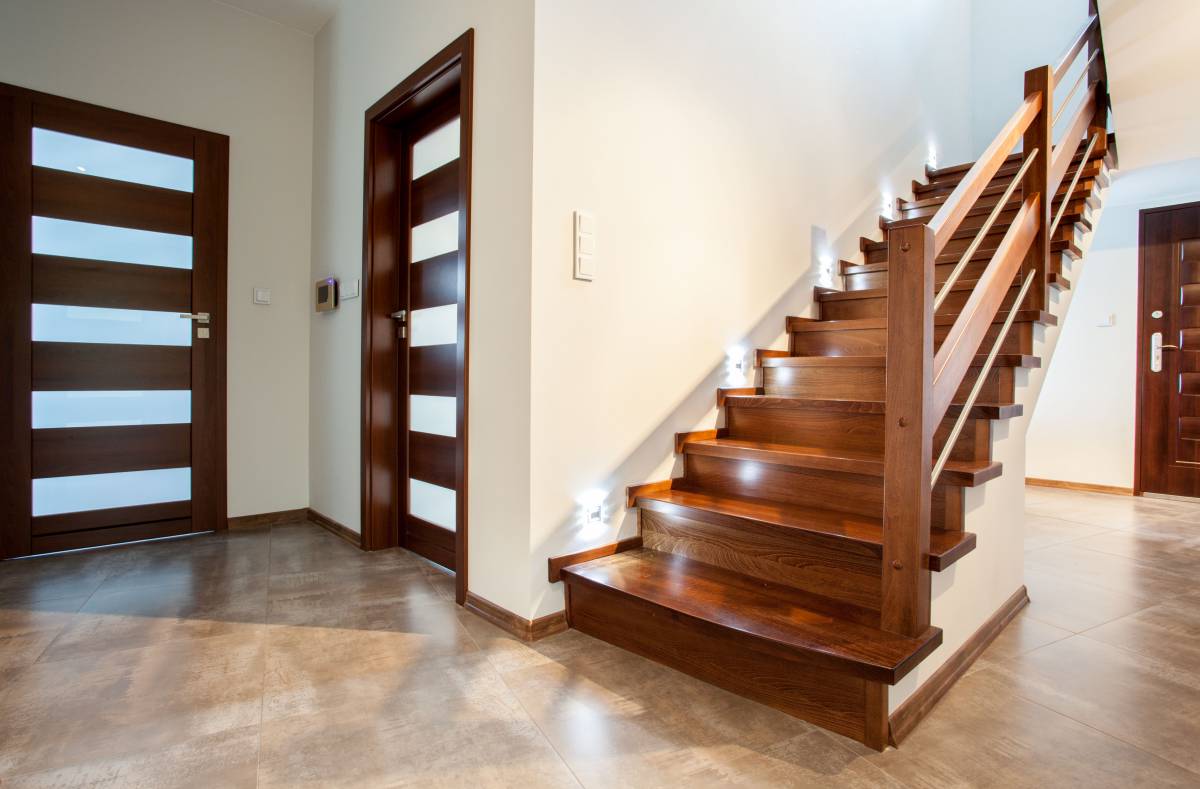
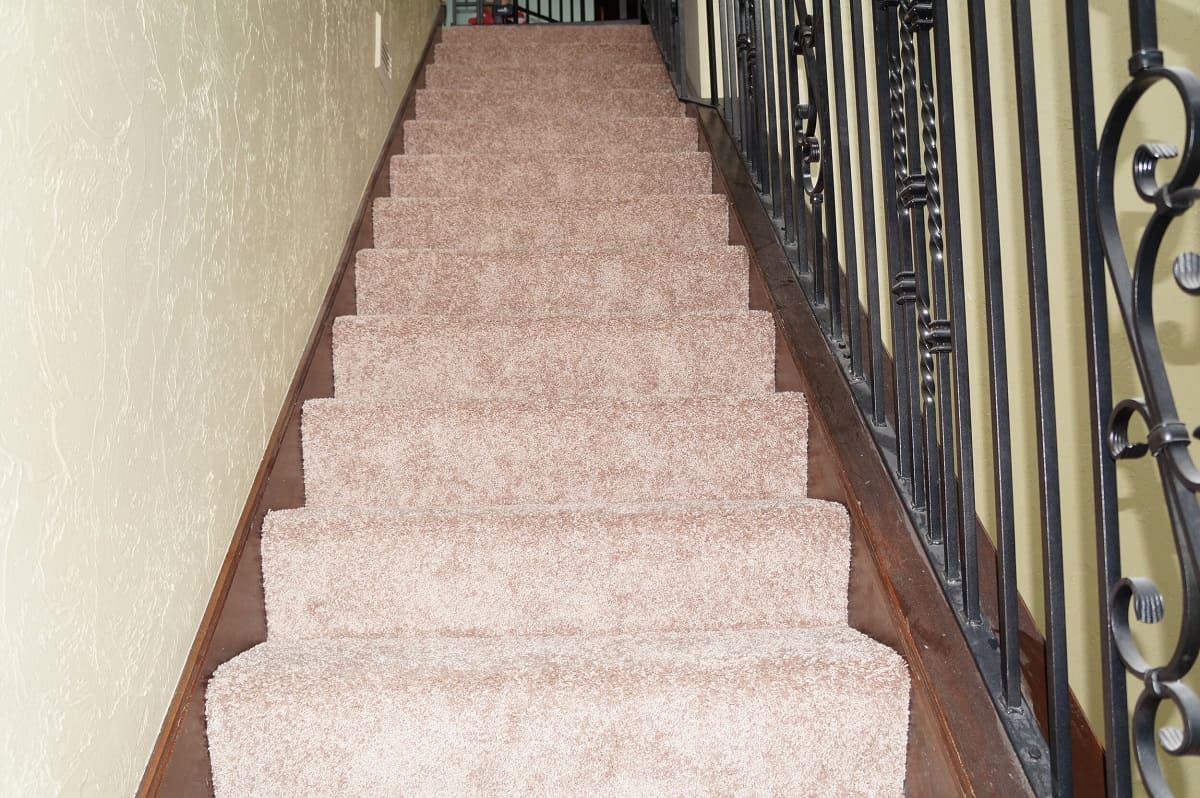
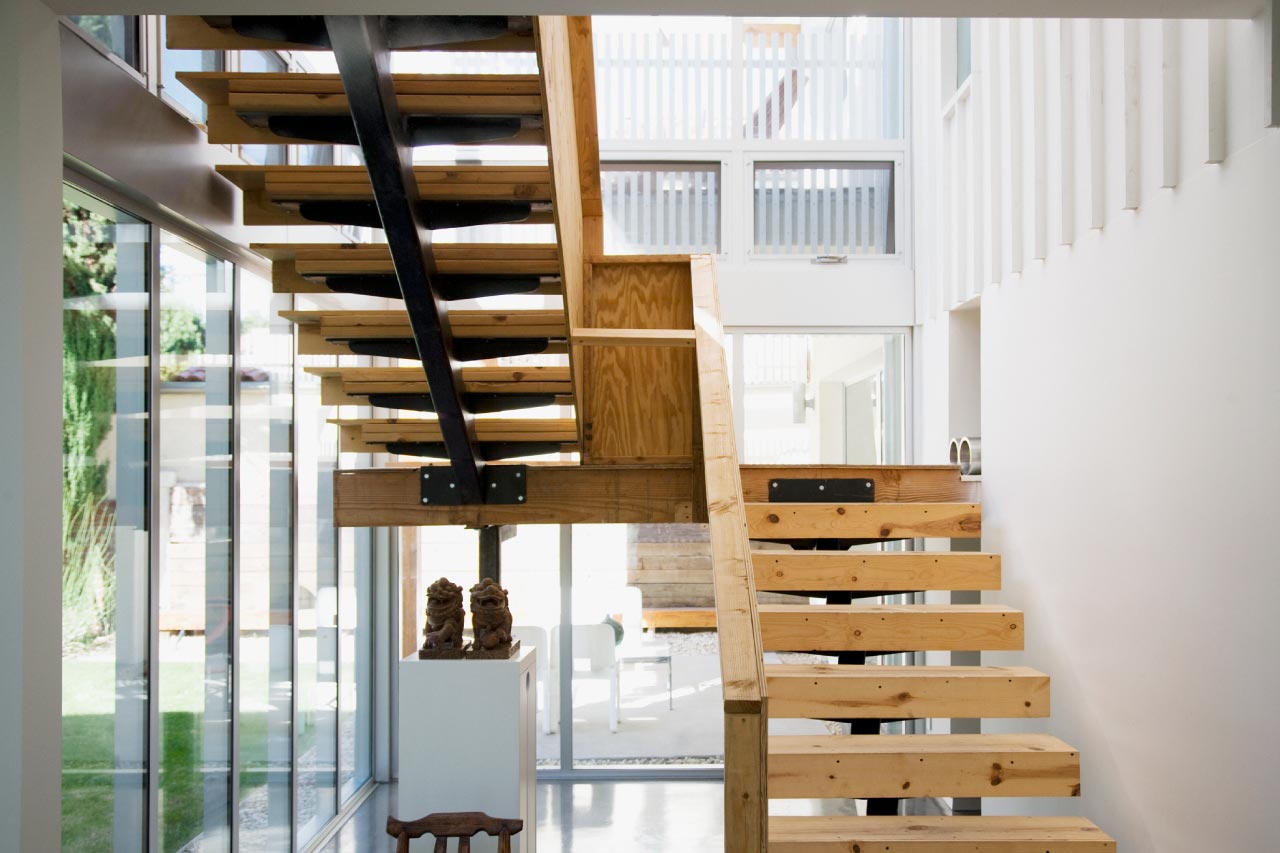
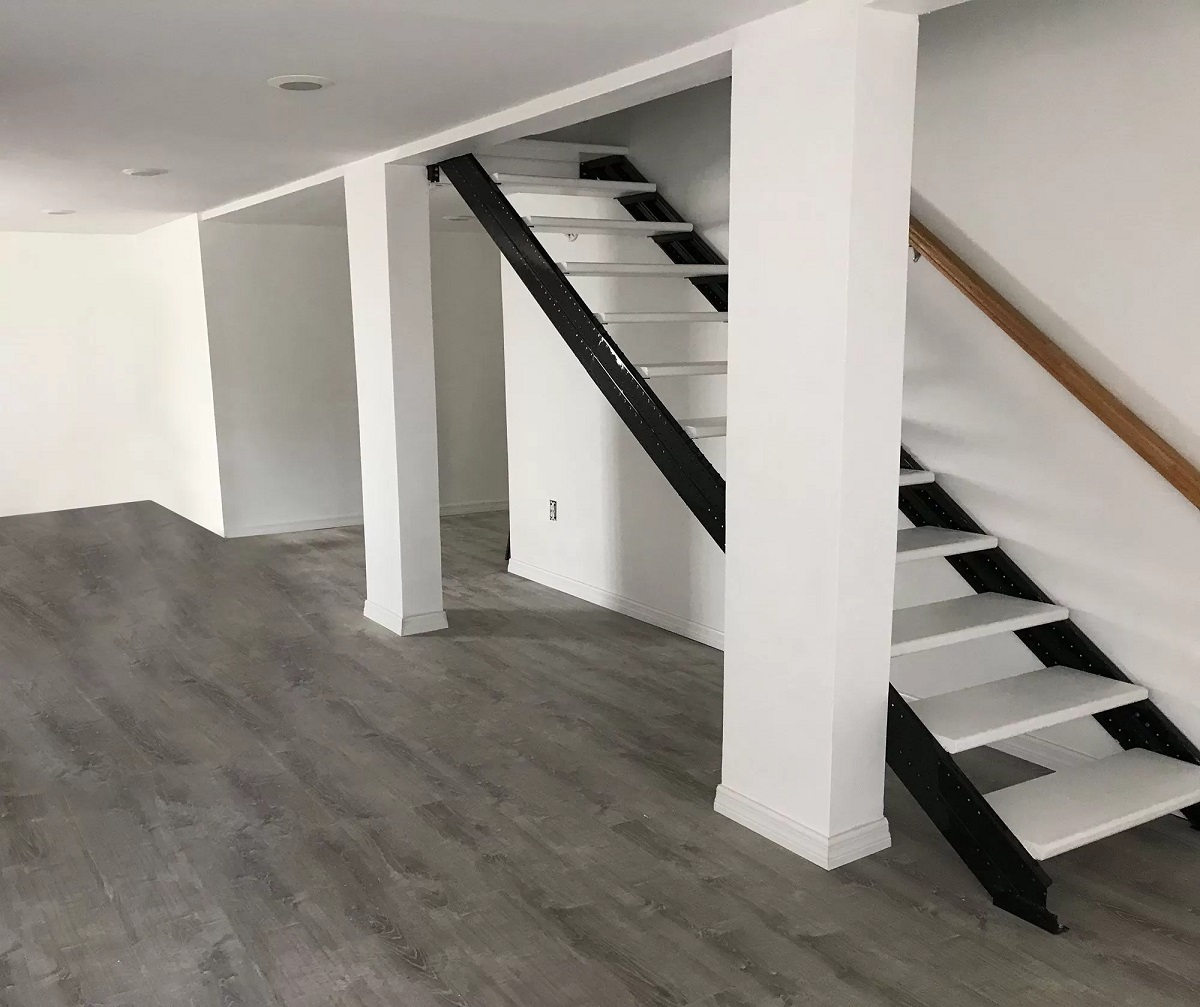
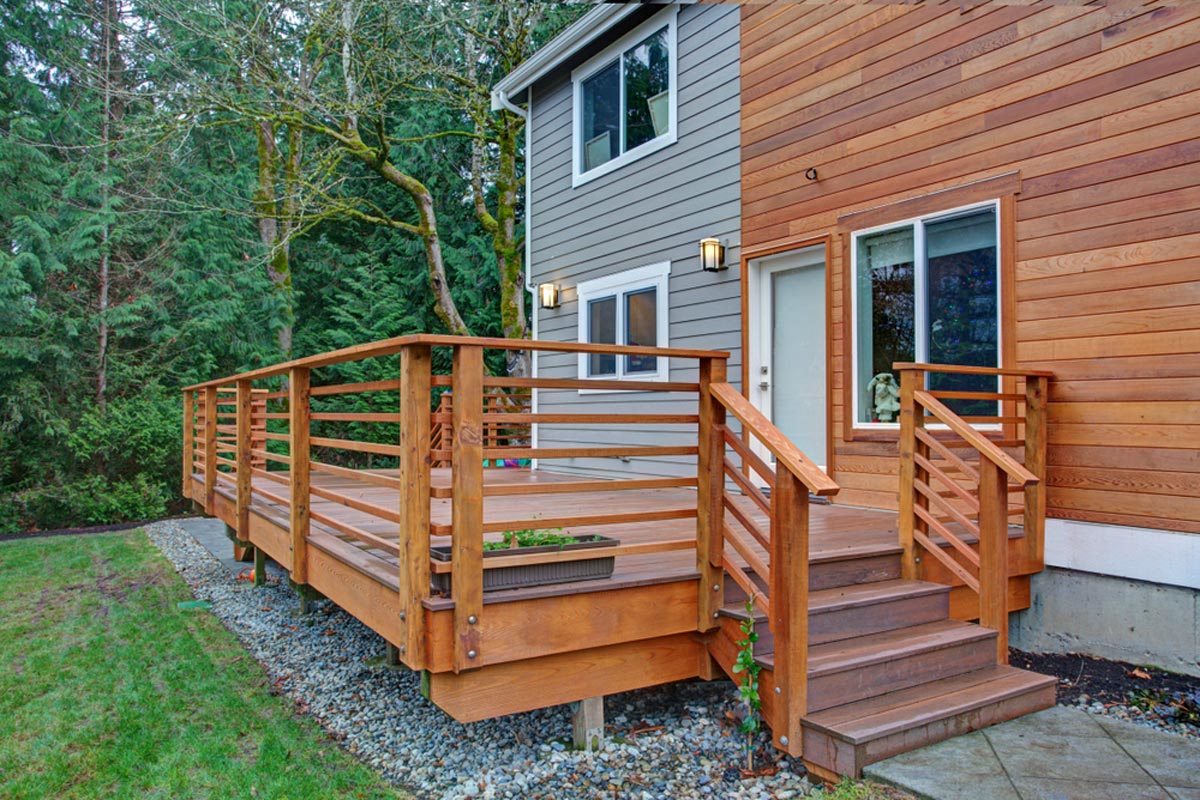
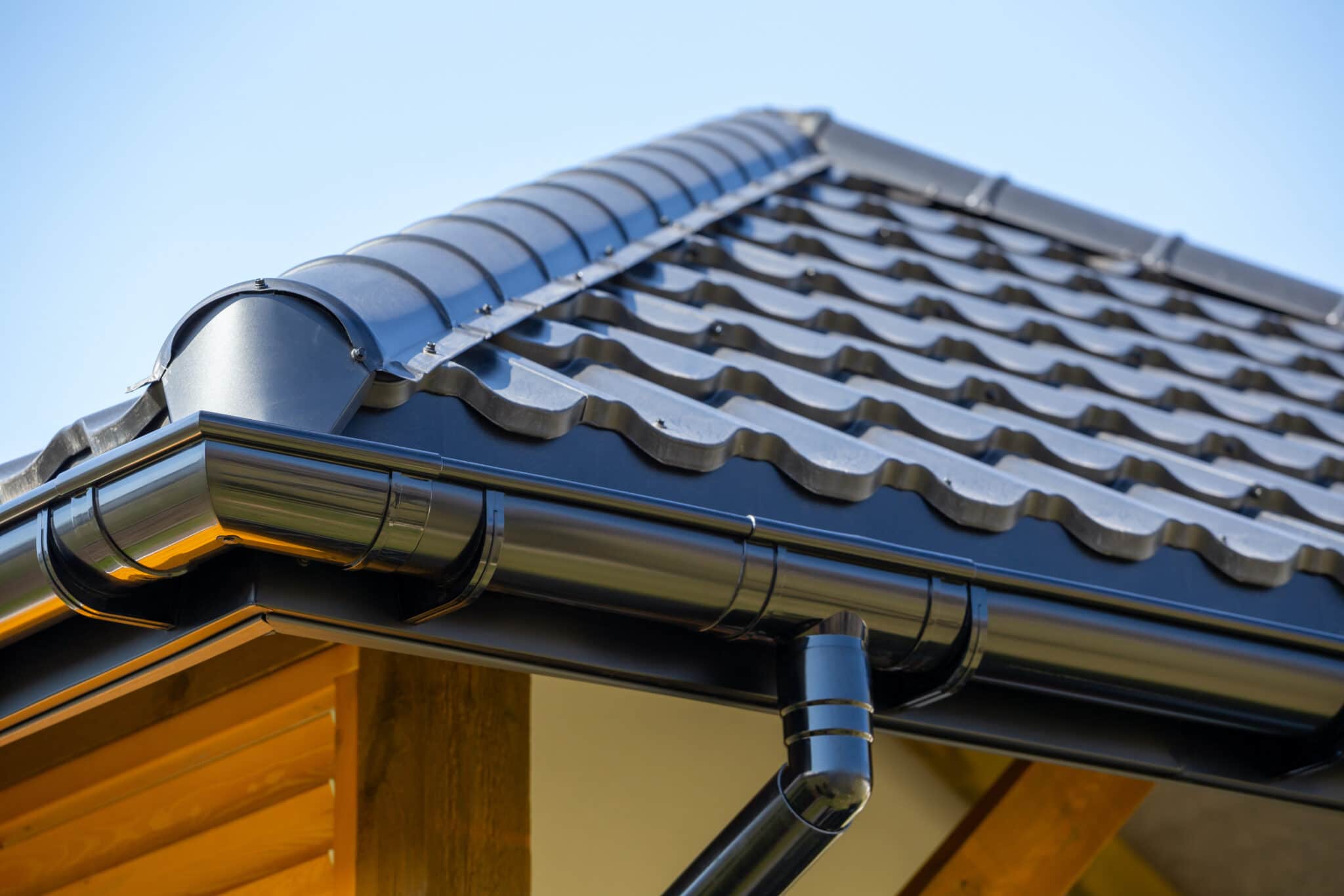
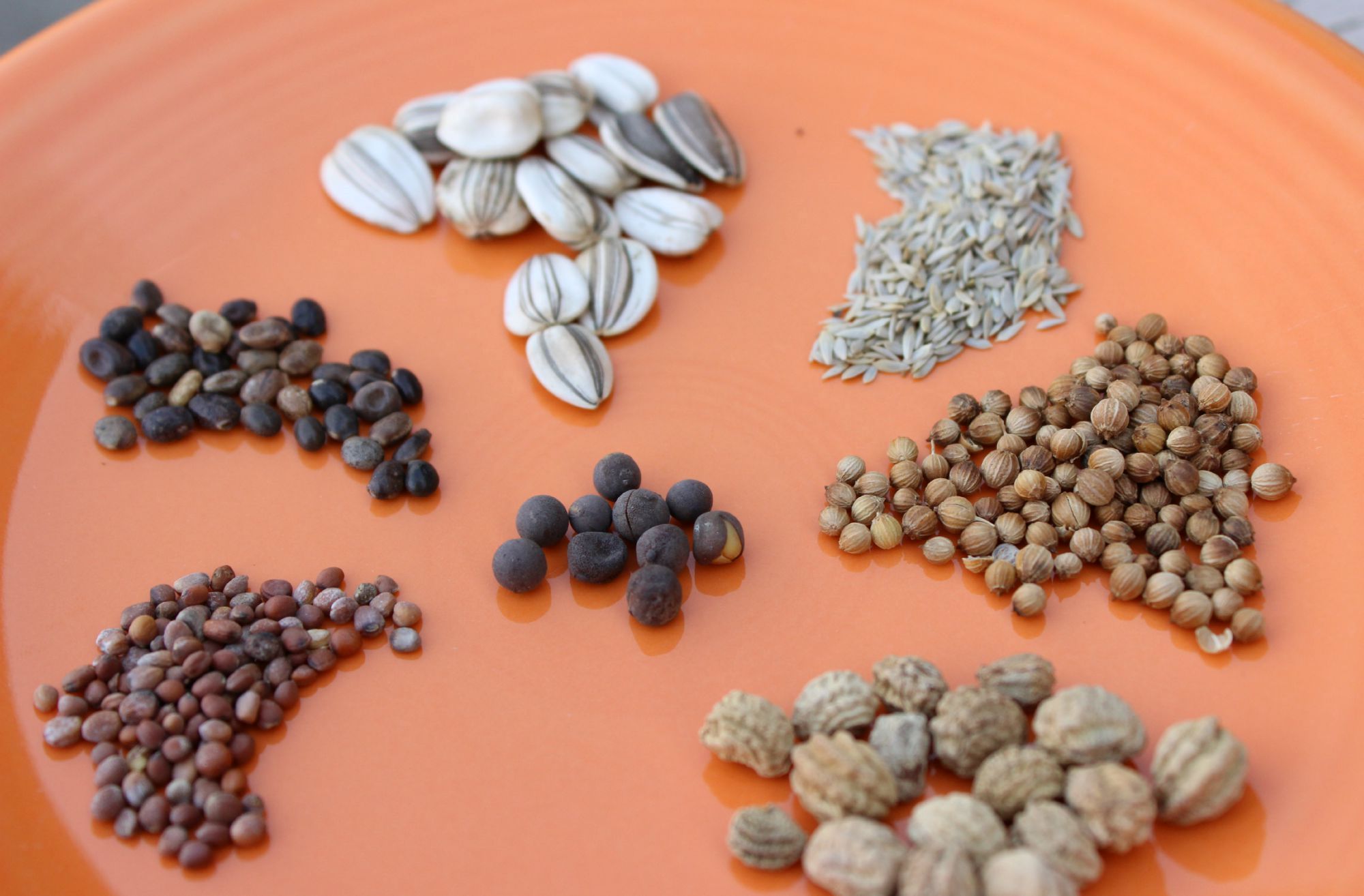
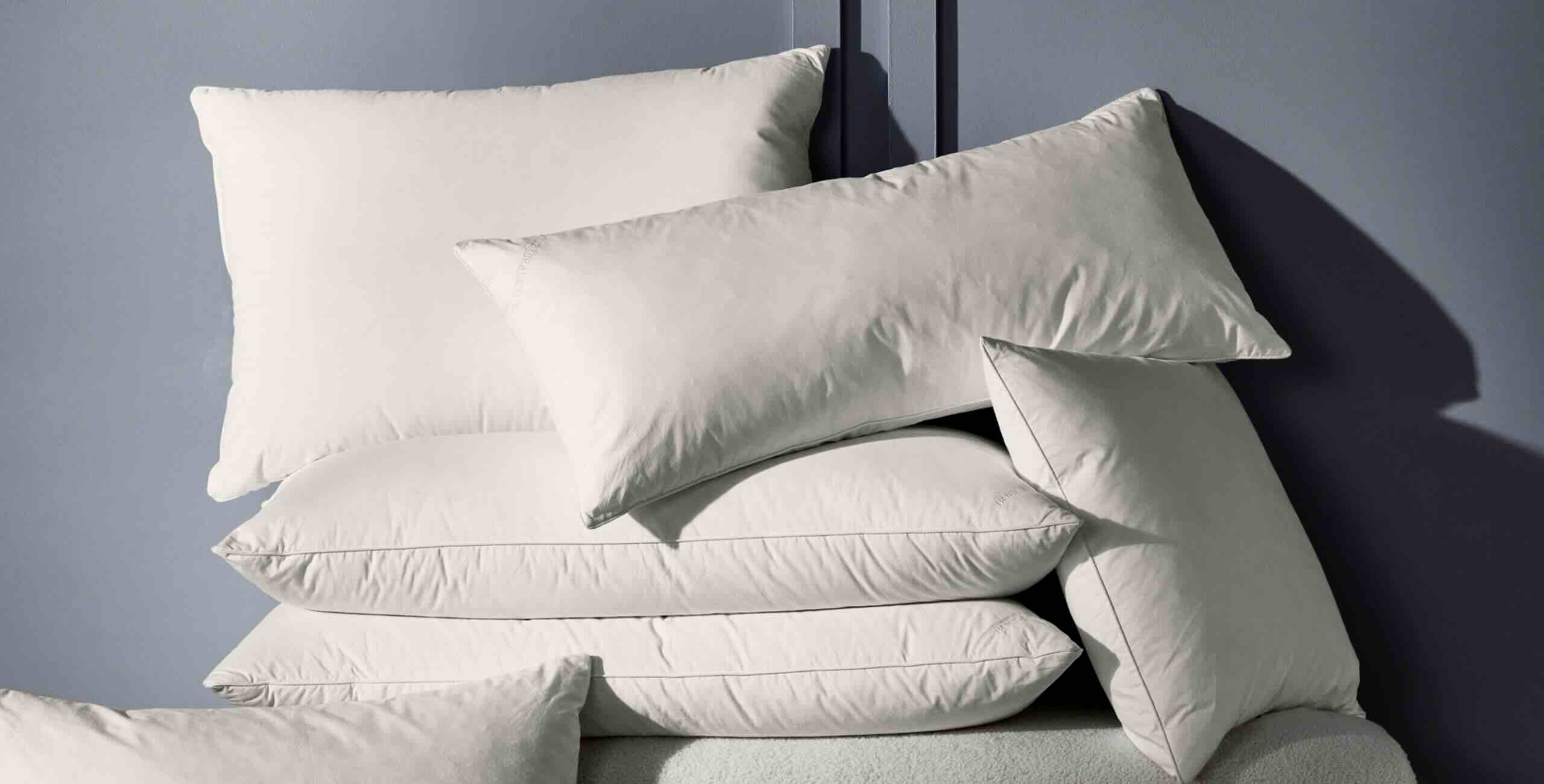
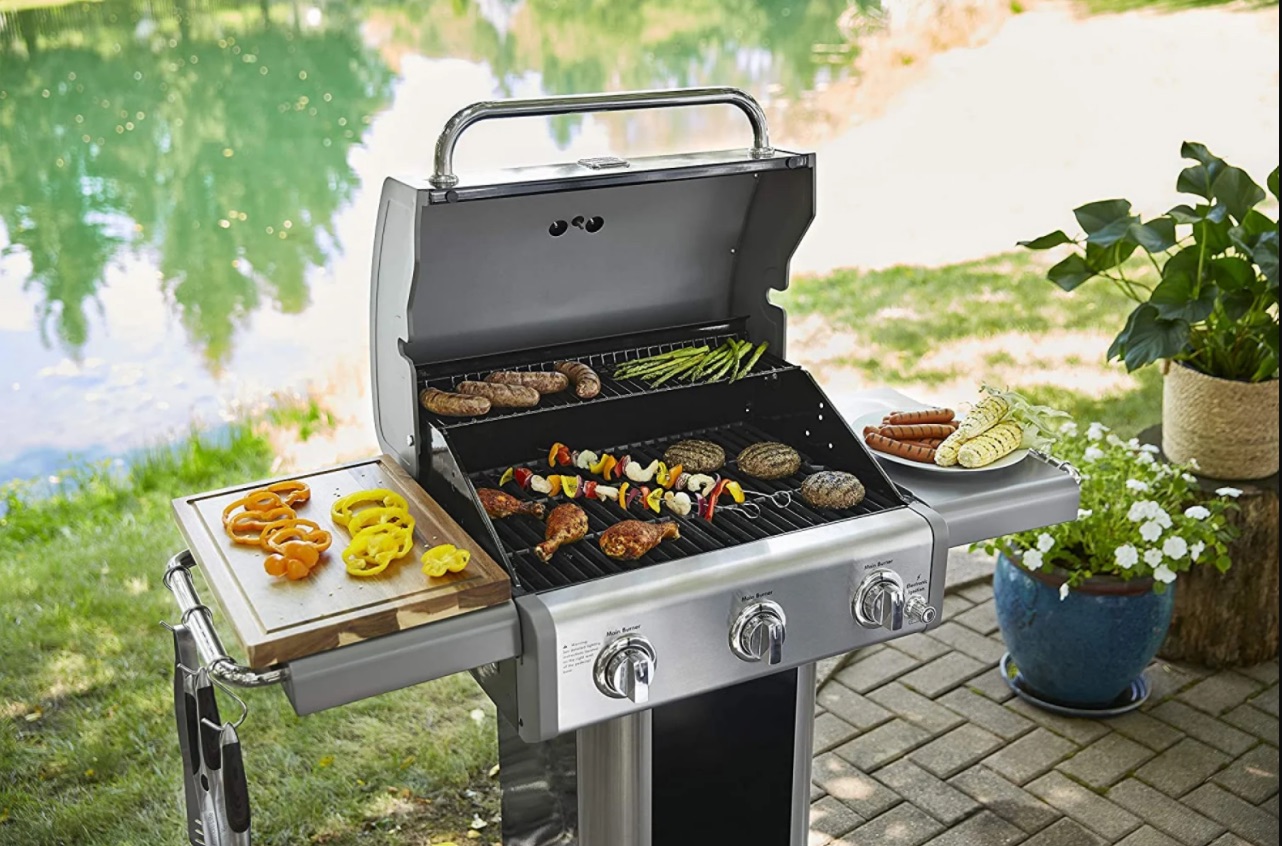
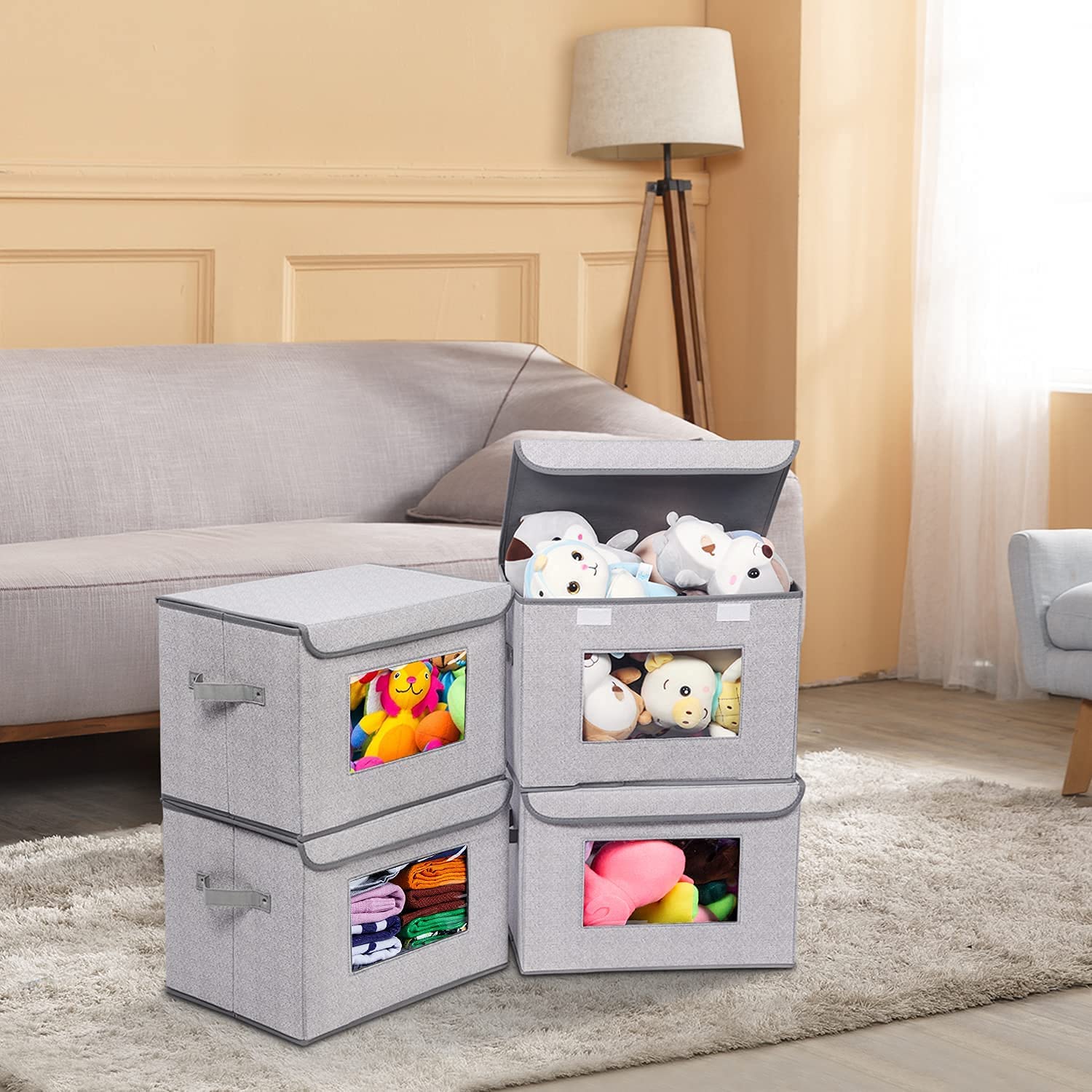
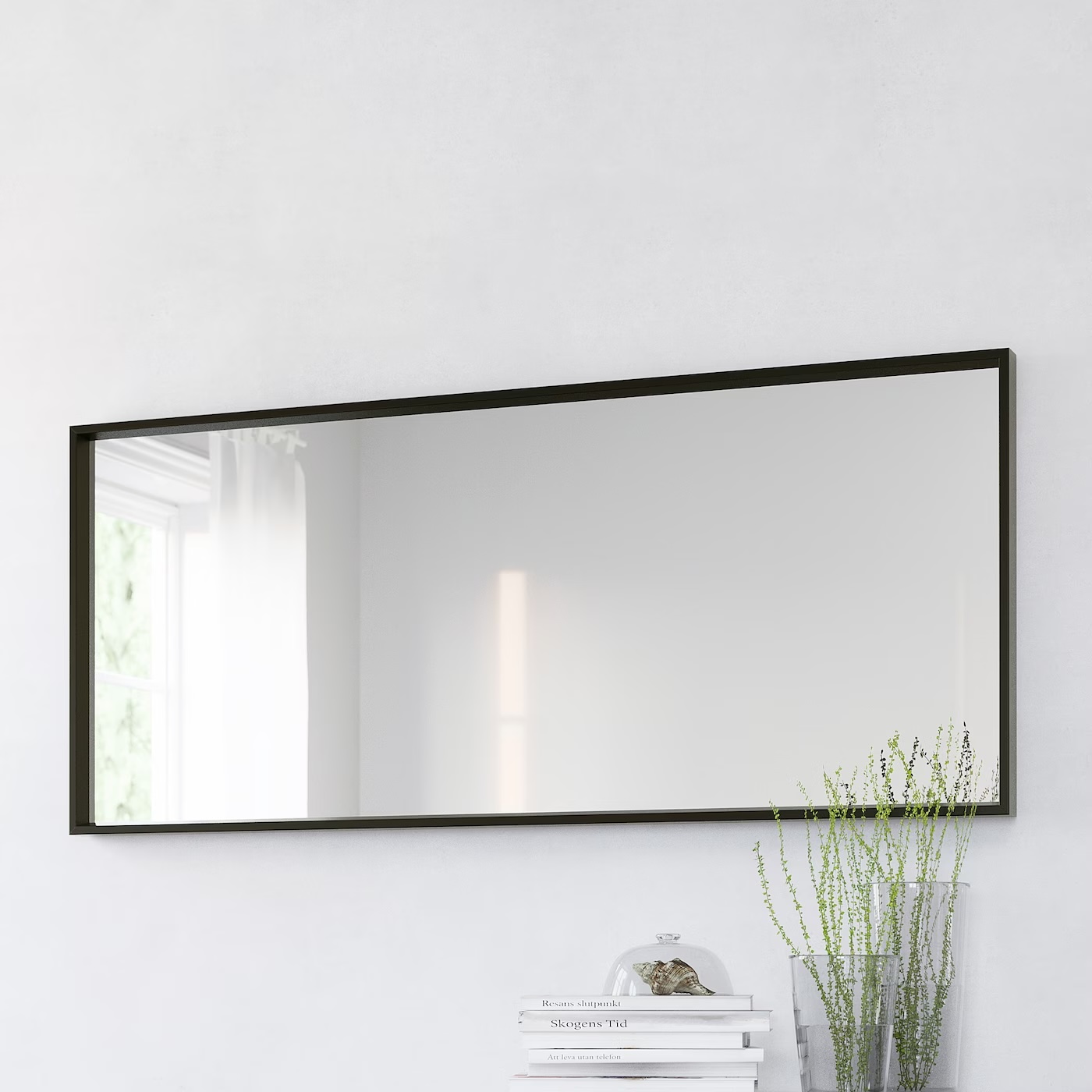
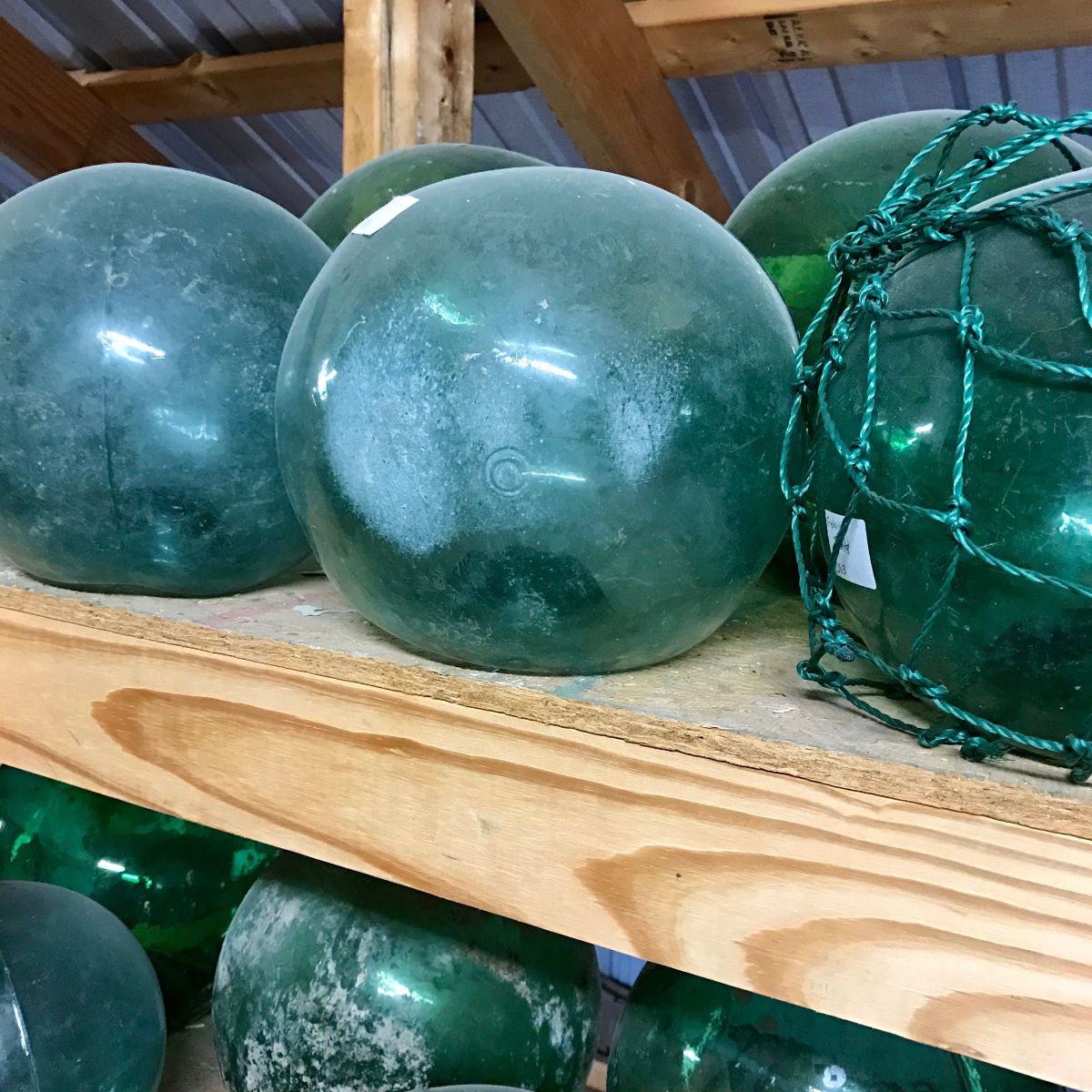
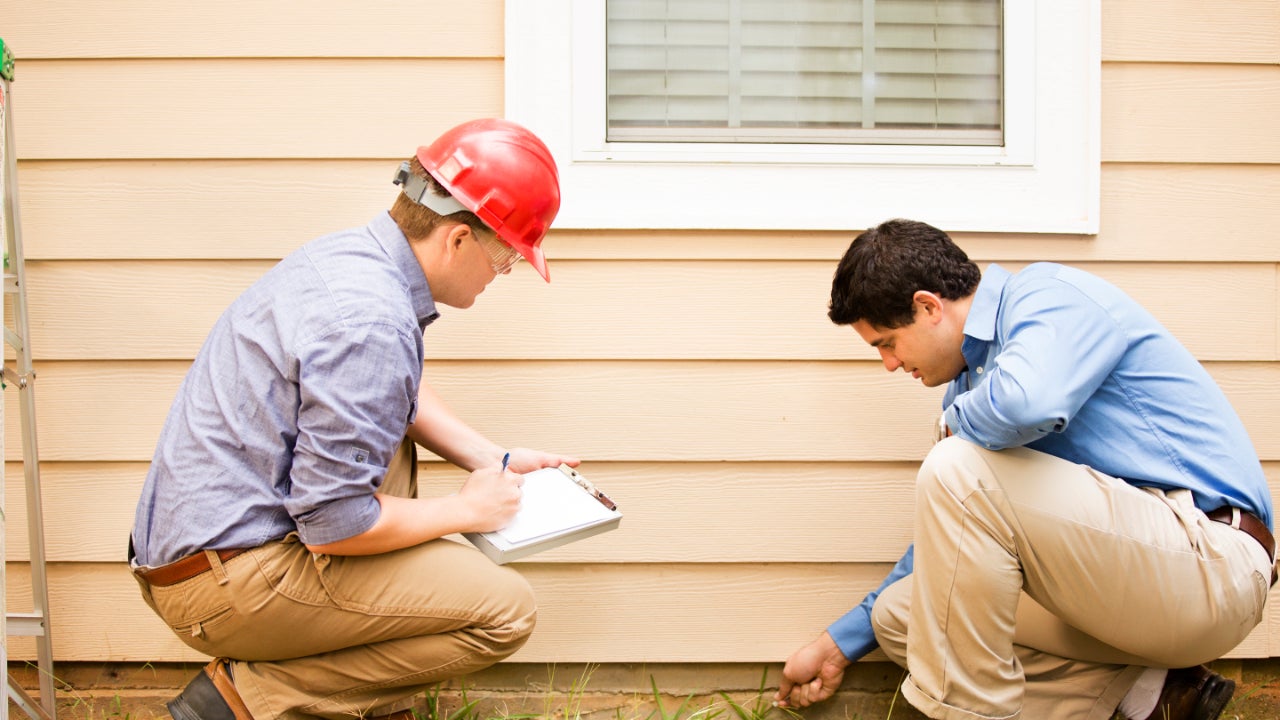

0 thoughts on “How Much Do Floating Stairs Cost”